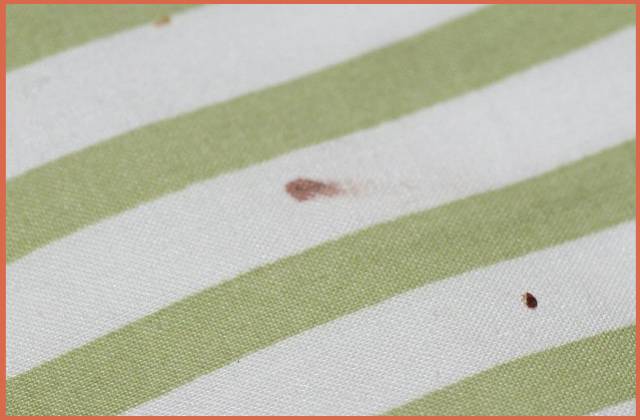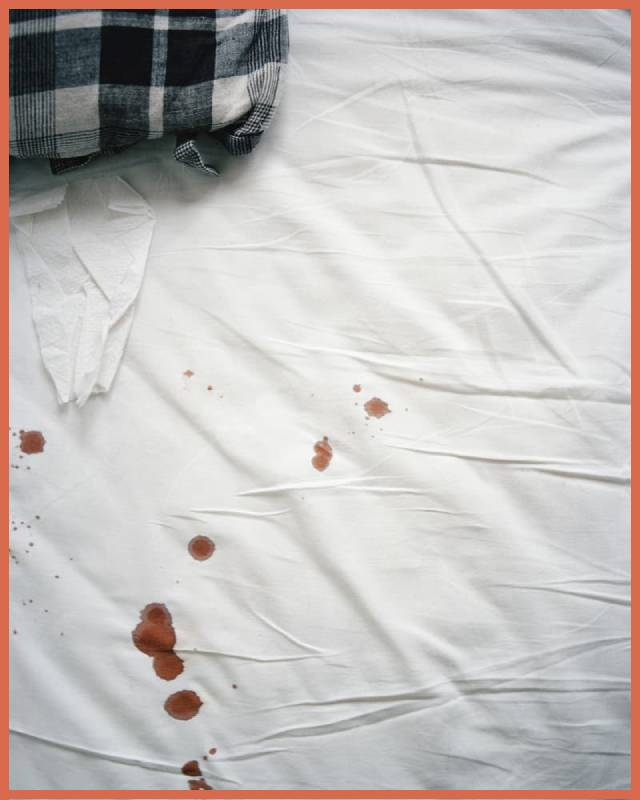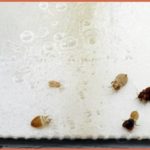The most common symptoms of bed bugs at home are bites, black stains on the mattress, and of course bloodstains on the sheets. Dealing with blood on sheets from bed bugs is difficult because if they are not washed properly, the stains can be permanent.
Blood on Sheets Due Bed Bugs Bites
Bed bugs can appear at the least expected time. Perhaps a visit to a hotel, a family member, or a friend. All of this can help bedbugs get on your clothes and into your home.

Once bedbugs enter your home, they need to be detected quickly to avoid a major infestation. If the problem is not detected and treated in time, bed bugs can reproduce quickly and nest in different parts of your room.

The preferred places for bedbugs are the cracks between the bed frames, the headboard, and the mattress seams. Although they have other hiding places such as cracks in the walls, damaged furniture, plugs, and under the bed. They often hide near their host.

To properly wash the blood-stained sheets it is best to use hot water at 98.6°F (37°C), that is at blood temperature. Because in this way, the red blood cells are not destroyed and the hemoglobin causing the permanent stains is not spilled.
Signs of Bed Bugs Blood on Sheets
Have you noticed any new bites on your skin? or unexplained bloodstains on your sheets? Check more carefully, as you can have bedbugs at home. A thorough inspection of all areas of your room will help you find the bedbug stash.

Stains produced by bedbug feces are small black spots that are often impossible to remove. This is because bedbug droppings contain digested blood. In this case, the red blood cells break inside the bed bug and are digested. Bedbug feces contain the iron of hemoglobin, which produces these dark spots.

If you detect bedbugs in your home, the best thing to do is to move your bed away from any other point of contact such as walls, bedside tables, and other furniture. You should also put the skirts or sheets that hang. Don’t leave clothes on the floor, store them in a bag and take them to another room. Then vacuum the floor, furniture, bed, and other areas of your room. Steam along the baseboards, window sills, and carpet edge. Be sure to clean the vacuum cleaner after use.

To complement, you can use bedbug powder in hard-to-reach areas. These powders can be left untouched to do their job. Another option is aerosols, which should be applied every two weeks for a few months while the problem is ongoing. If the infestation is severe and none of the above recommendations work, it is best to call a pest management specialist.









